We started the day as dietitians around the world recommend: we ate breakfast. We arrived about a minute after the establishment stopped serving breakfast, but they said they’d make it for us anyway. How nice! The food was good and it was such a cute place!
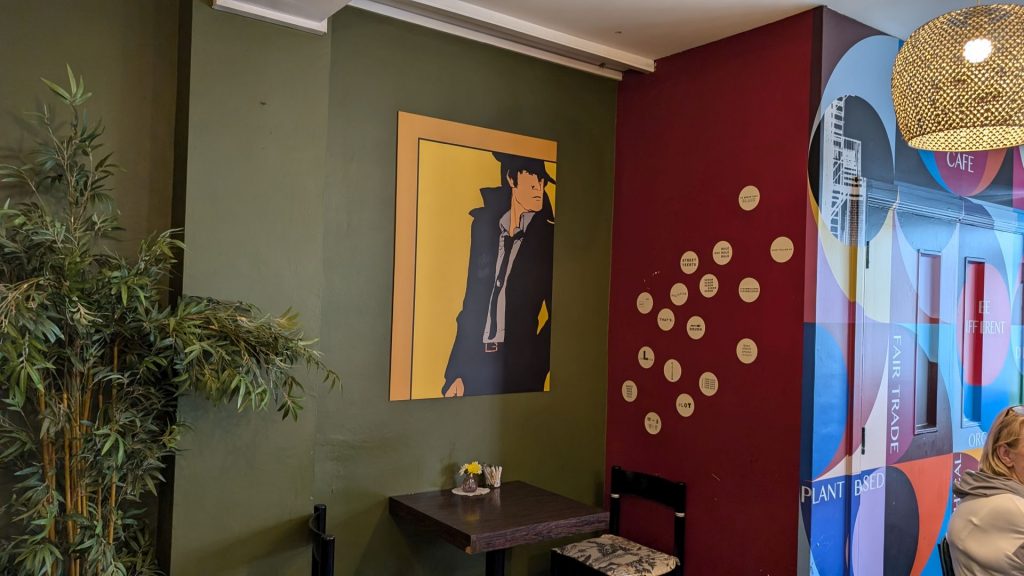
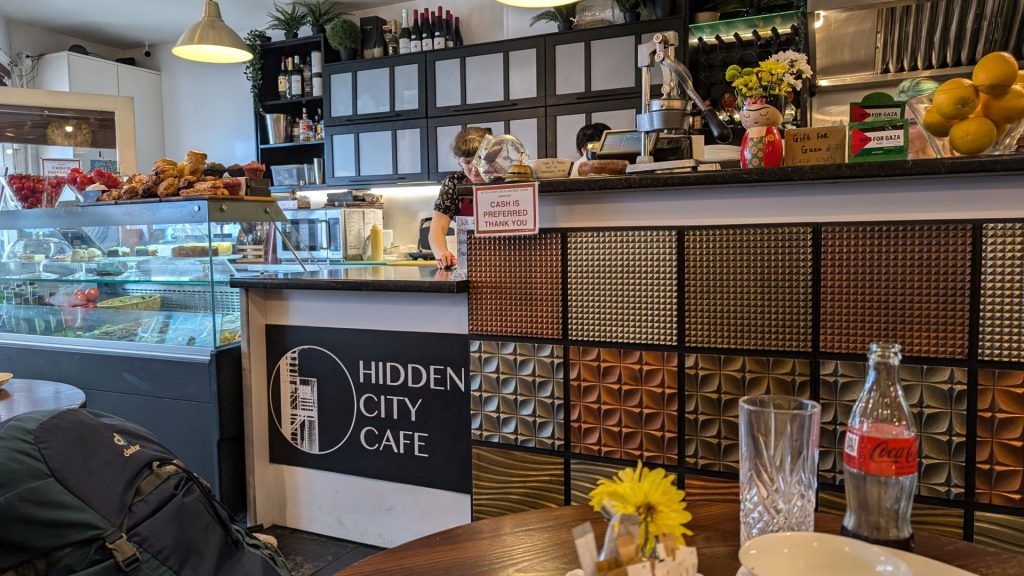
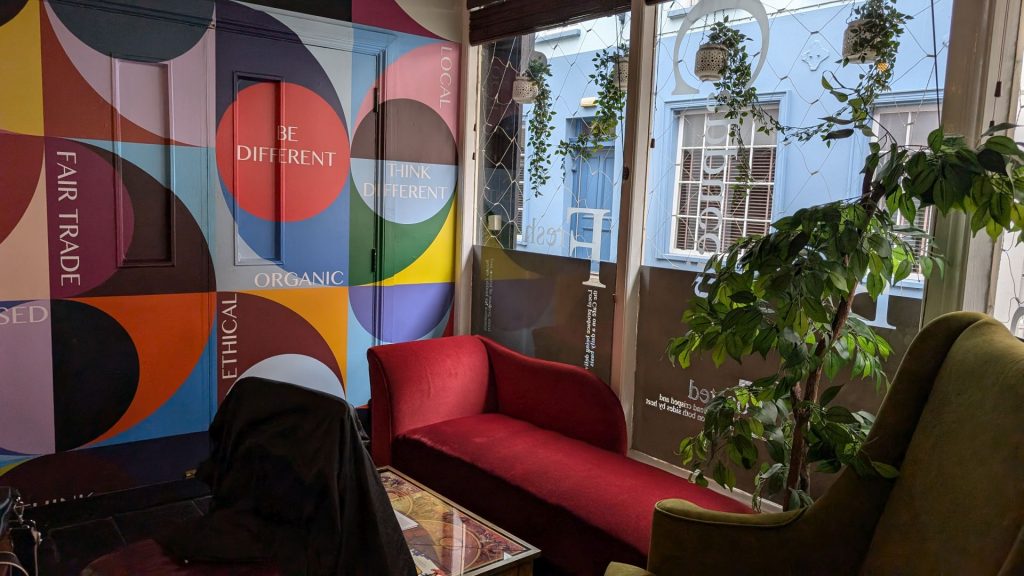
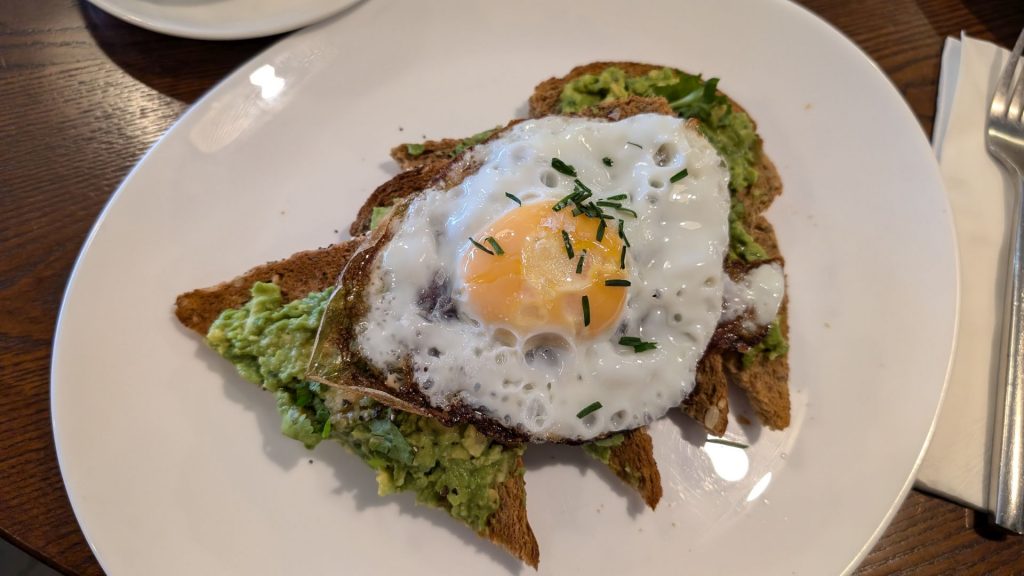
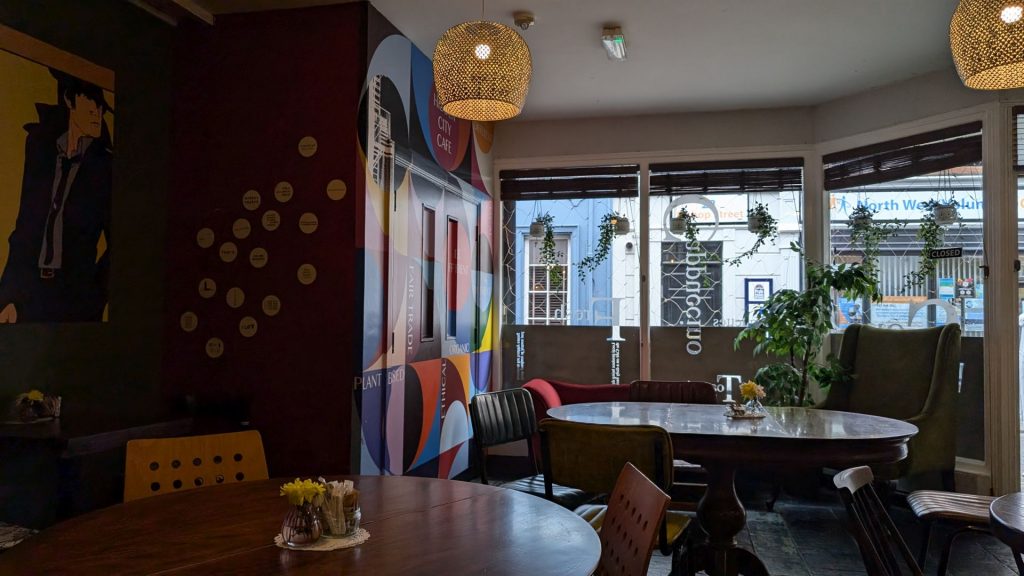
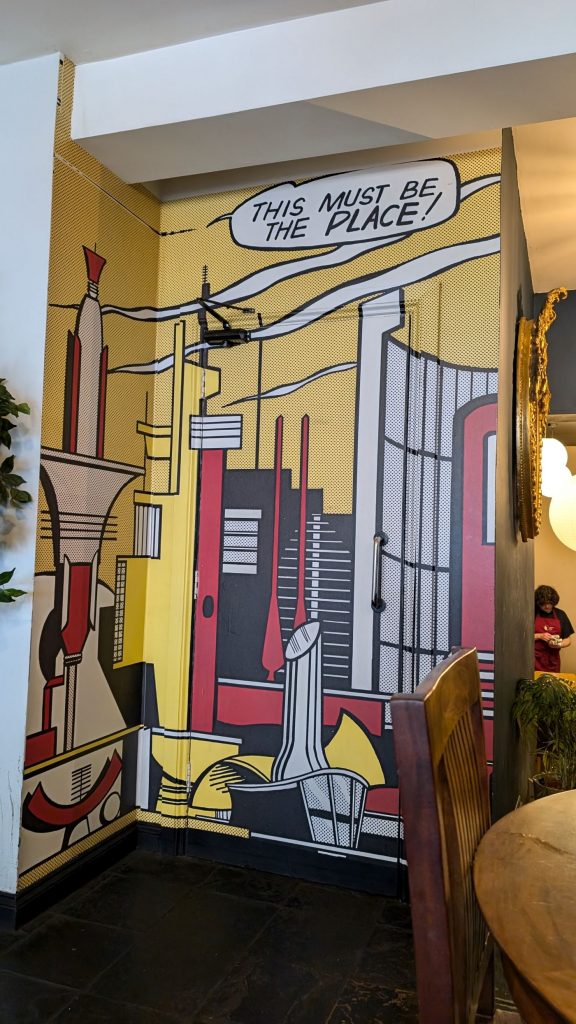
We had a few hours to ourselves before we had to return the car and catch the plane, so we decided to walk the Londonderry Derry Walls. Derry-Londonderry has the most complete circuit of historic walls of any town or city in Ireland. They stand up to 26 feet (8 meters) high, measure almost one mile around and were constructed between 1613 and 1618.
One of the first buildings we saw was the Apprentice Boys Memorial Hall. The Hall was opened in 1877, dedicated to the memory of the thirteen Apprentice Boys who closed the City gates in 1688. The Memorial Hall and museum is dedicated to the history and heritage of the Siege of Londonderry 1688-1689.
For those, such as myself, who know nothing about the Siege of Londonderry, here are two articles and a Wikipedia entry you may read if you wish:
http://www.ulsterancestry.com/free/ShowFreePage-267.html#gsc.tab=0
https://www.thesiegemuseum.org/siege-timeline
https://en.wikipedia.org/wiki/Siege_of_Derry
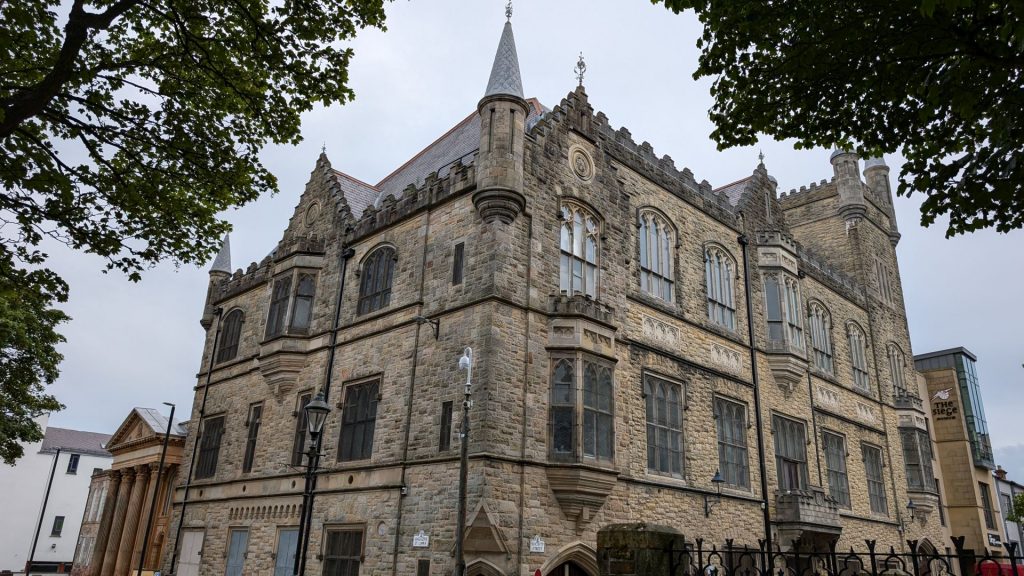
Moving along, we arrive at the Royal Bastion. This is one of eight surviving bastions. Royal Bastian would have played an important role in warding off Jacobite attacks during the 1689 Siege. It was given the name Royal Bastion during the Siege because the crimson flag was flown from it, in defiance of the besieging army.
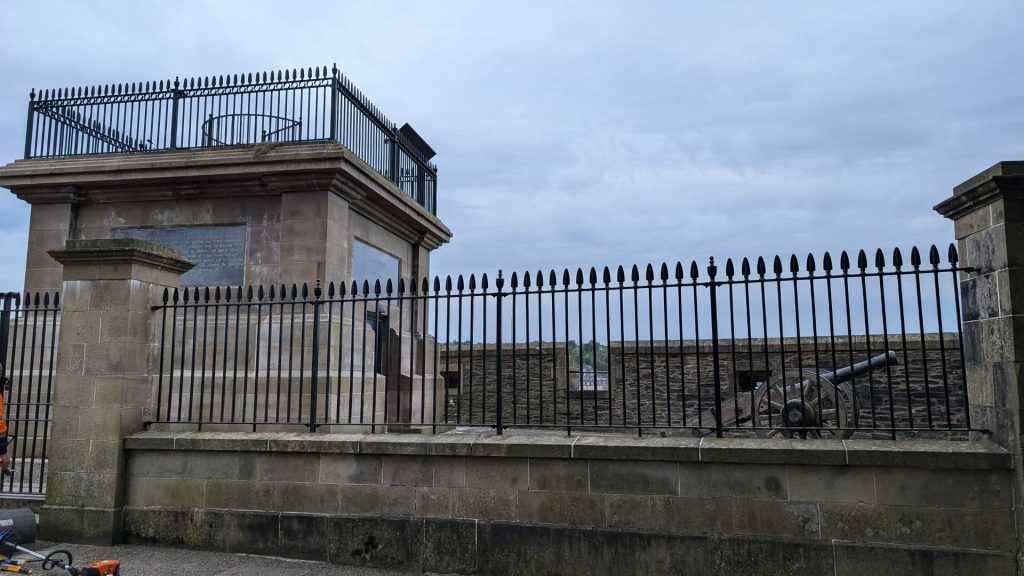
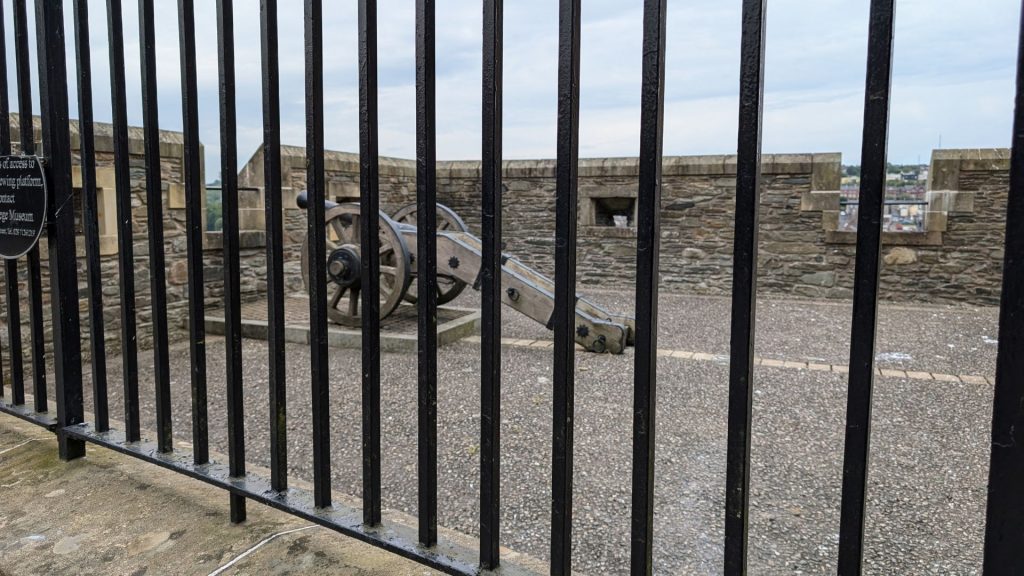
Now we switch gears to visit St. Augustine’s Church, affectionately known locally as “the wee church on the walls.” The church sits on the ancient site of the original Columban monastery. It is the oldest ecclesiastical site in the city. The church is filled with historical information dating back to 546 A.D. It was a great find and very interesting! And, yes, it has a cemetery.
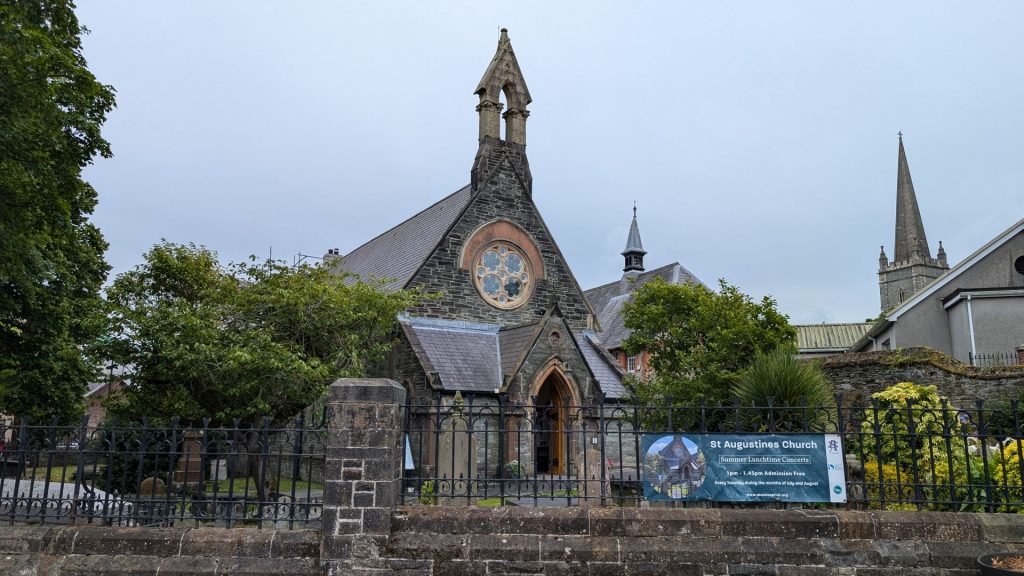
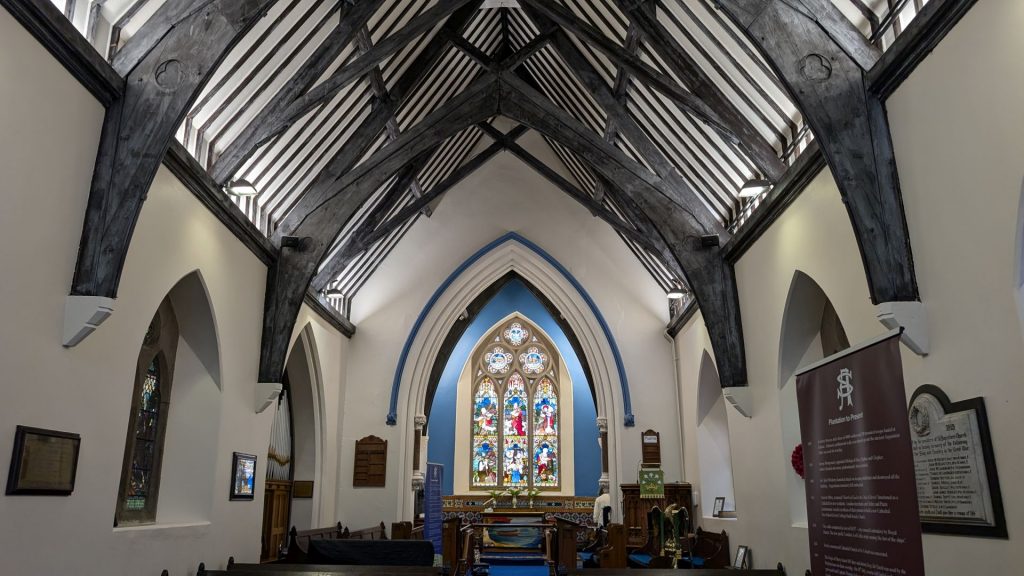
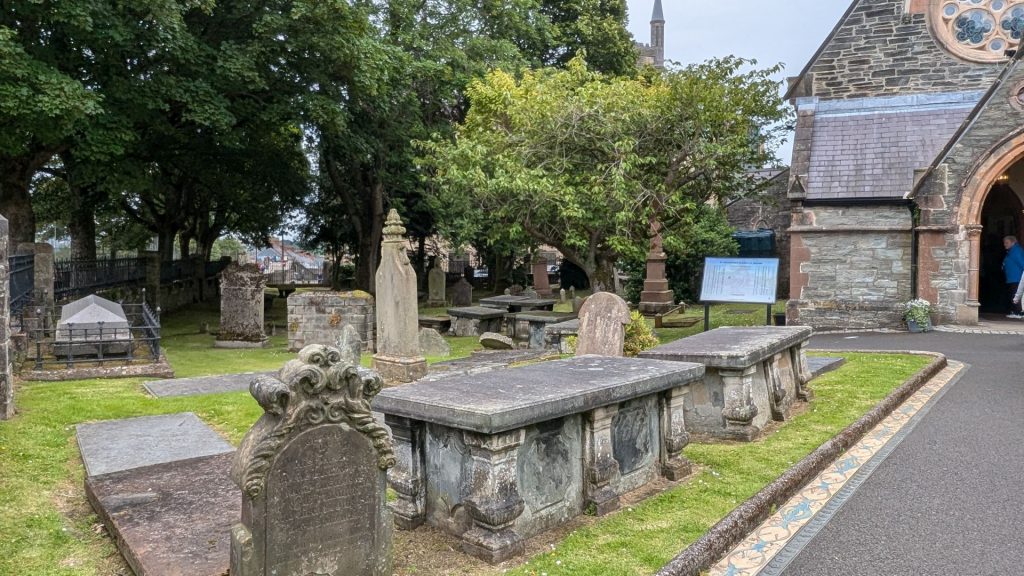
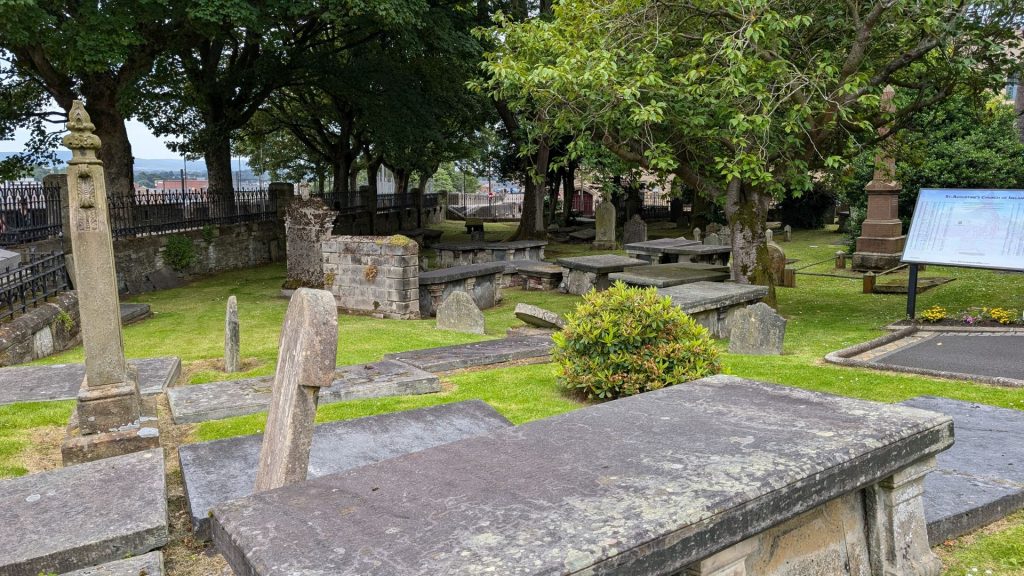
There are several cannons along the wall. I mean, it was for defensive purposes, so . . . Here are a few:
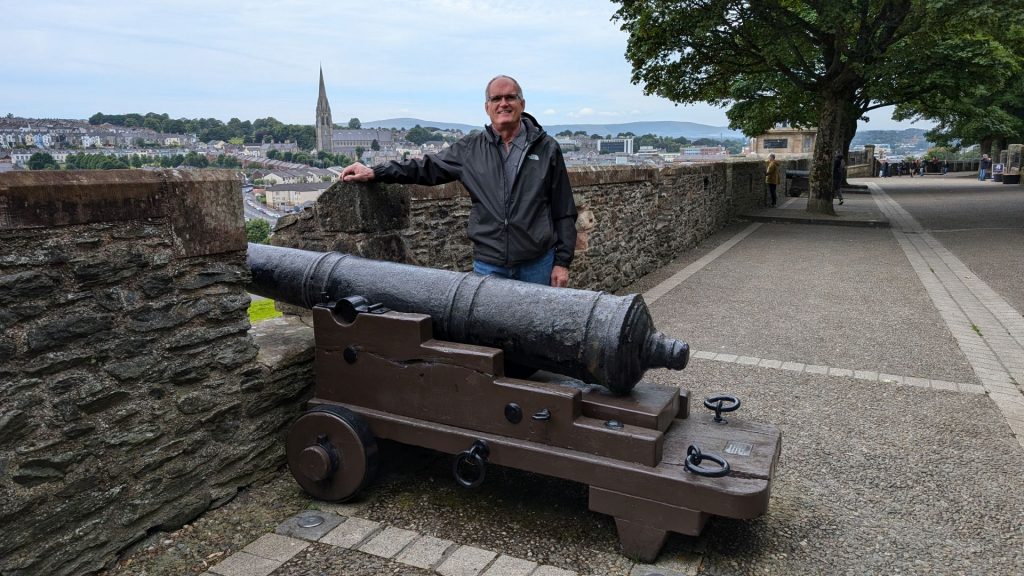
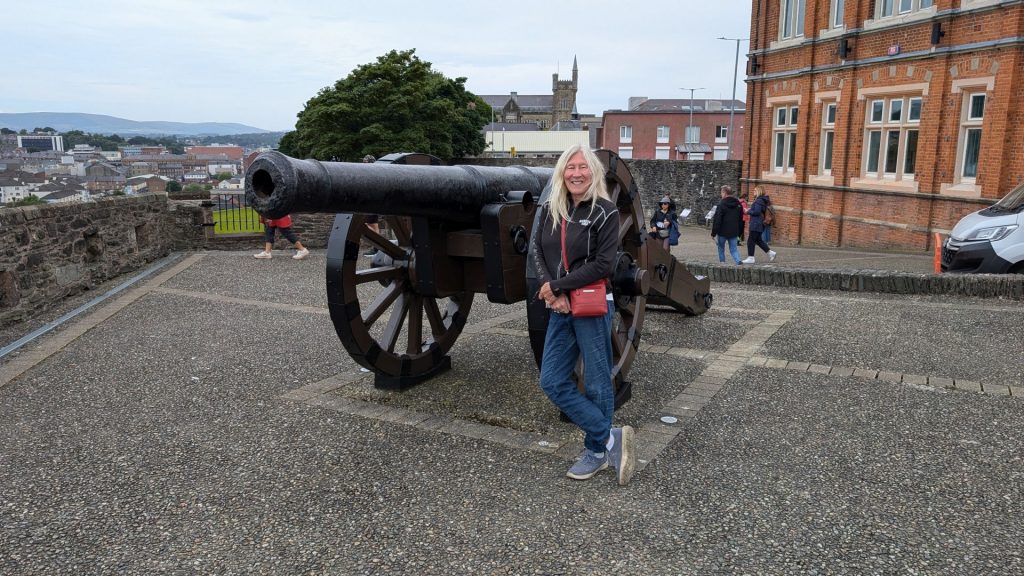
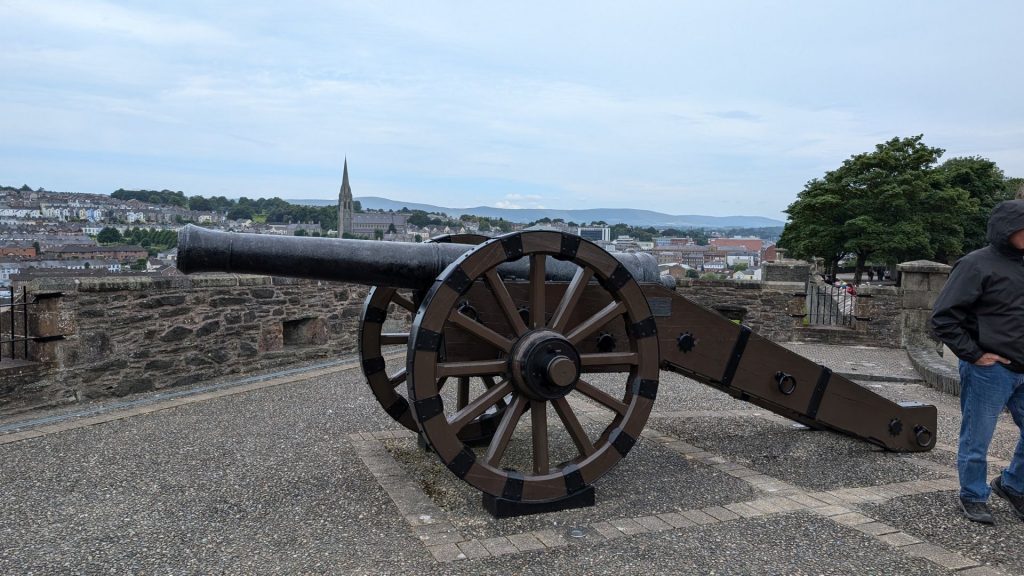
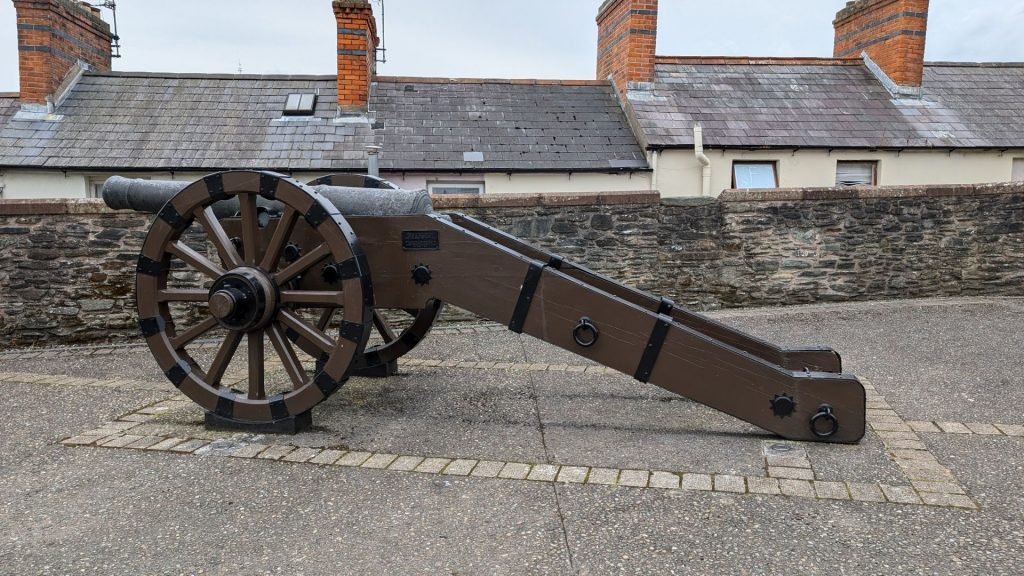
St Columb’s Cathedral was built in 1633 by the City of London. As one of the first Cathedrals to be built after the Protestant Reformation it was quite plain but has been added to significantly since. Within the Churchyard are many interesting gravestones of city merchants, soldiers, architects and trades people. In the corner is the Siege Heroes Mound reputedly containing the remains of people killed during the Siege of 1688-89.
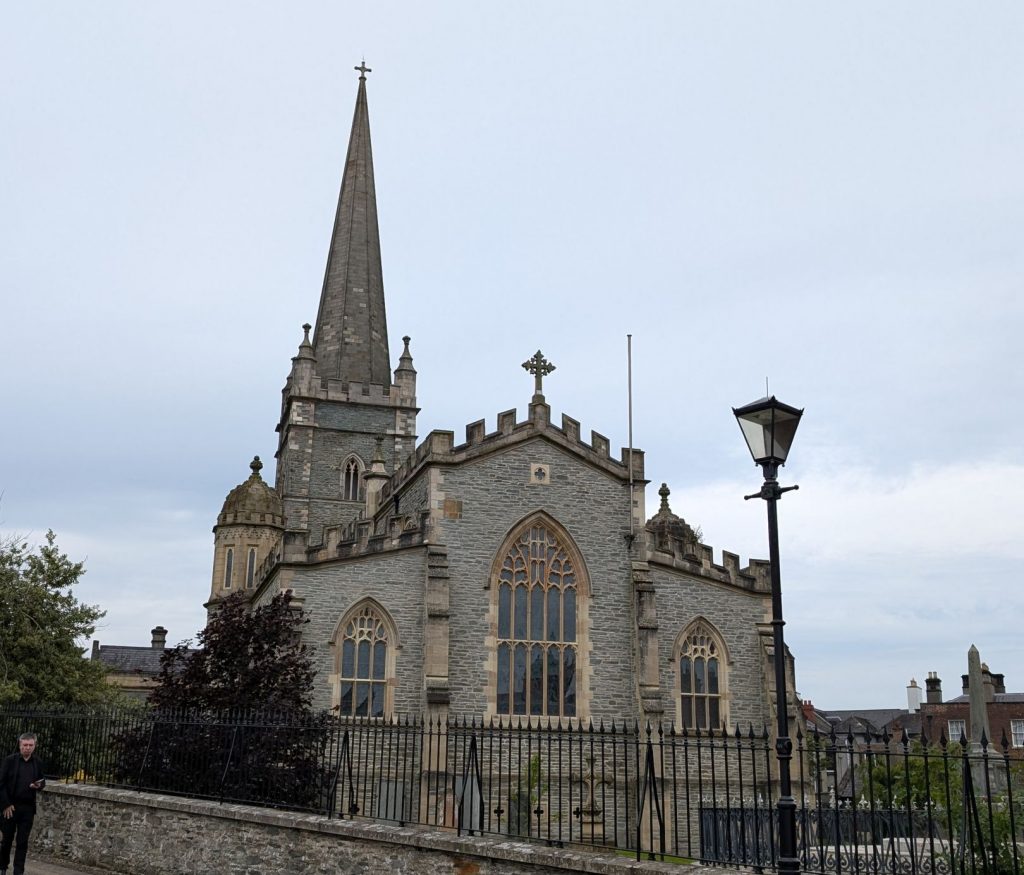
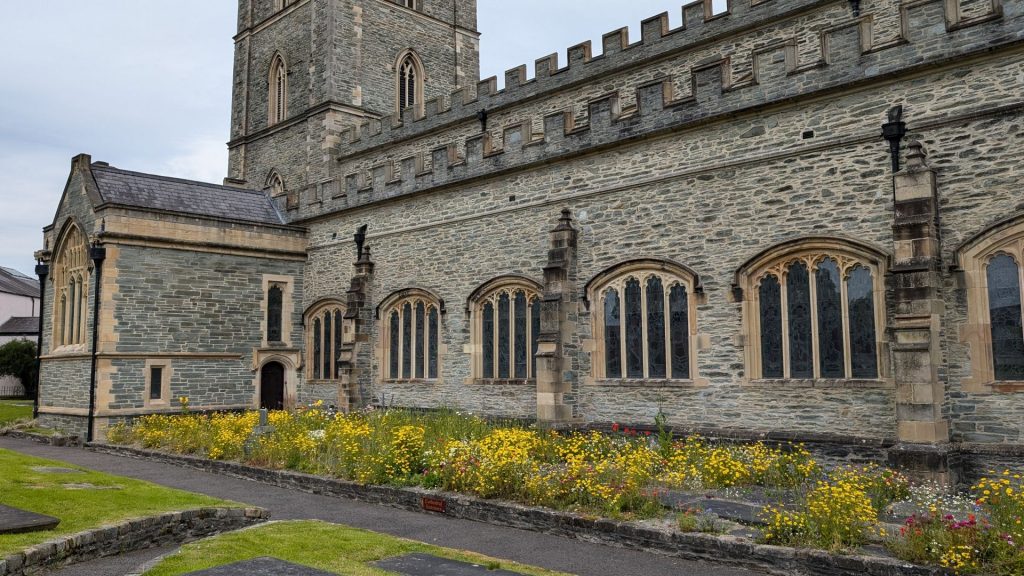
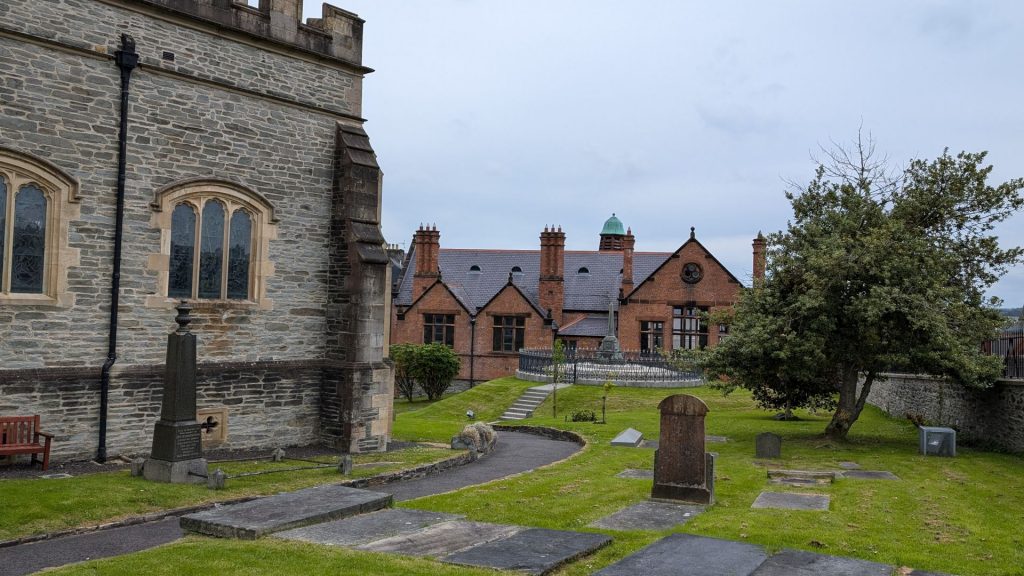
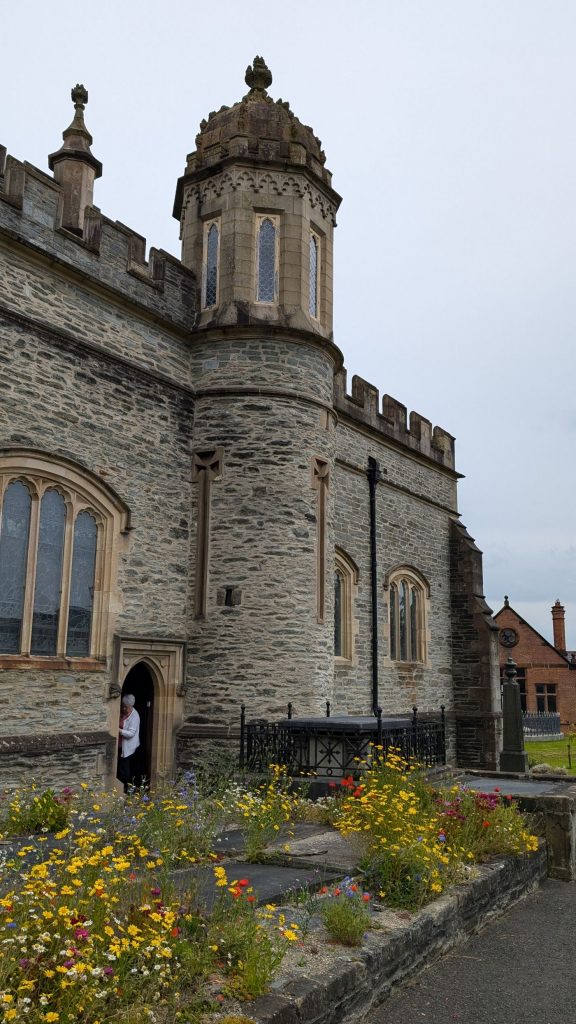
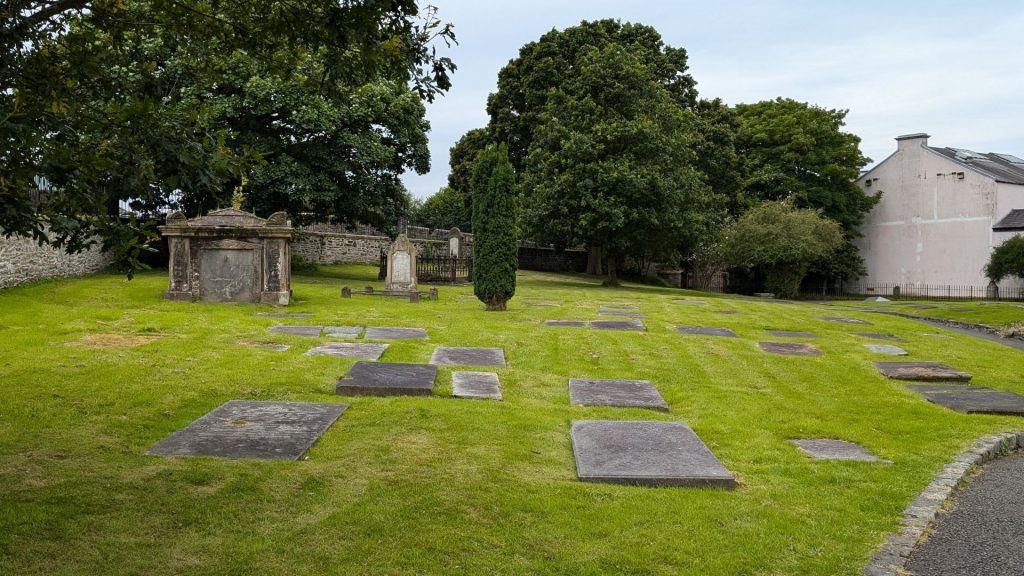
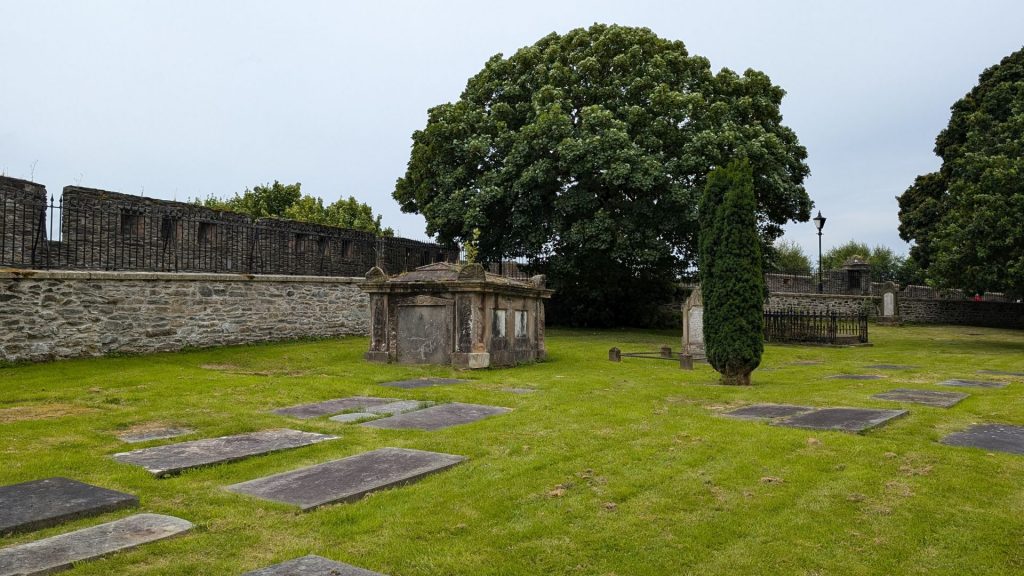
One of the original four (there are three additional “new” gates) gateways, Ferryquay Gate led down to a ferry which used to cross the Foyle. The gateway, as built in 1618, was battlemented with twin towers and a drawbridge. Ferryquay Gate once housed the city’s jail. In the prelude to the 1688-89 Siege, this was the gate that was shut in the face of the Earl of Antrim’s Redshanks.
Ferryquay Gate was remodeled in 1865. On the inside (as shown below), the gateway is decorated with the sculpted head of the Reverend James Gordon, a Presbyterian leader during the Siege of Derry. On the outside (not shown) is the sculpted head of Reverend George Walker, Bishop designate of Derry and joint Governor of the City during the Siege of Derry.
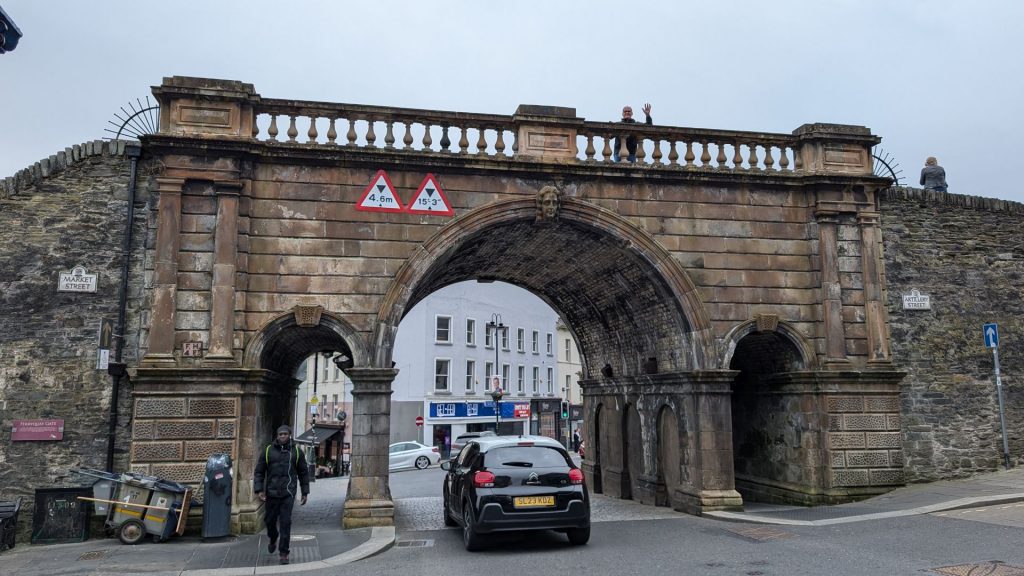
The original Bishop’s Gate was replaced in 1789 by the present structure – a triumphal arch. This was to mark the first centenary of the closing of the gates by The Apprentice Boys of Derry. The architect was H.A. Baker, with the sculpted heads representing the River Foyle (external) and the River Boyne (internal) designed by Edward Smyth, who had sculptured the thirteen riverine heads on the Dublin Custom House in c.1784. On either side of the gate are steps giving access to the City Walls.
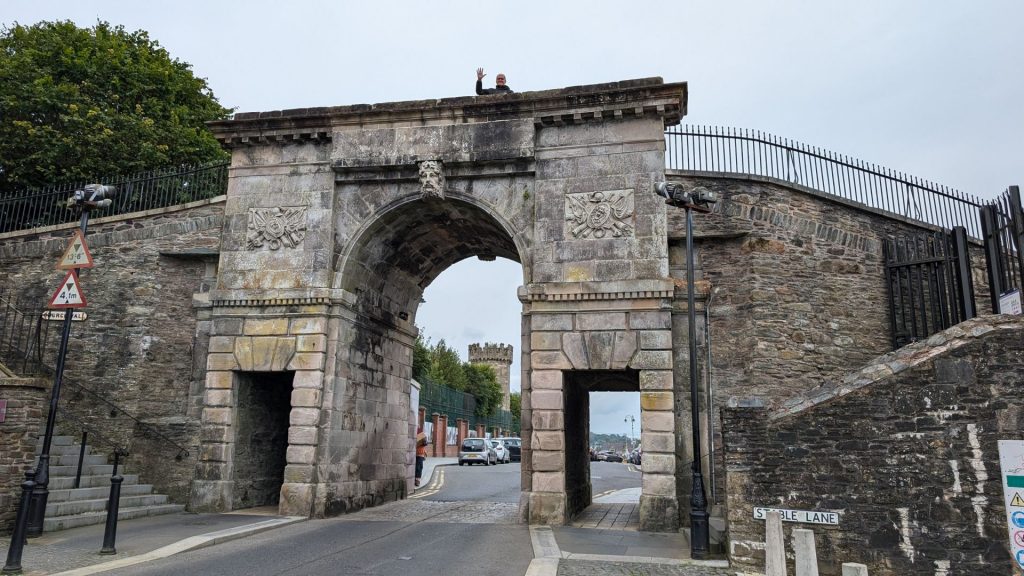
The Walled City’s Cannon
These seven cannon generally date from the 17th century and represent the finest collection of cannon of their period in Ireland or Britain. In 1642 the City of London sent over several cannon complete with carriages, shot and equipment and you can see some of these here, emblazoned with the coast of arms of London. The oldest cannon on the Walls are two Tudor period cannon, one of which has the date stamp 1590. These cannons are mounted on replica block carriages, with wheels at the front allowing maneuverability and a solid block of wood at the rear as a brake to curtail recoil. Note also the wedge under the barrel at the rear of the cannon which was used to alter the angle of elevation. The fuse hole on the top of the barrel was used for lighting the charge of gunpowder inside.
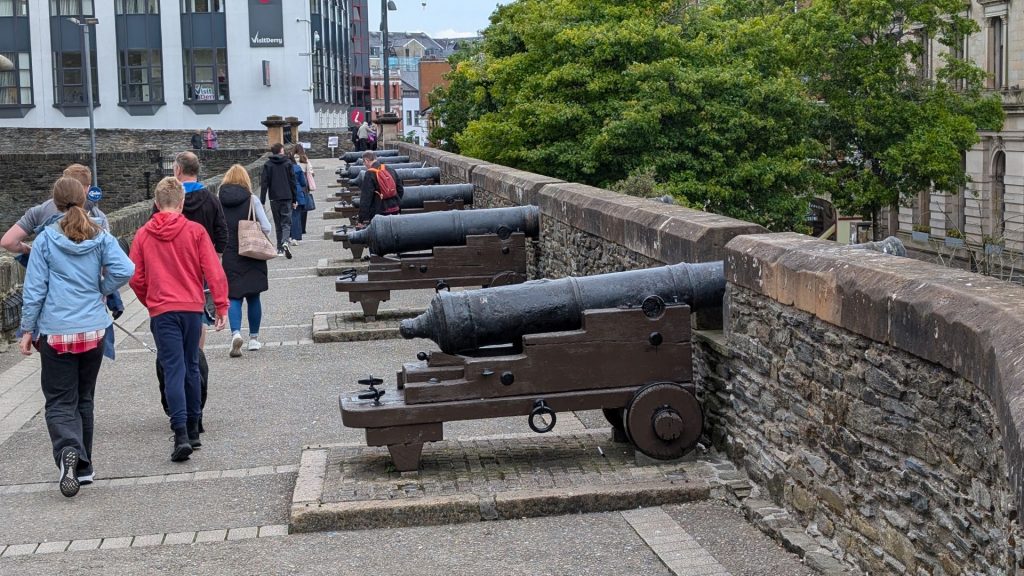
Oddly enough, the cannon are pointed at this – Guildhall, in which the elected members of Derry City and Strabane District Council meet:
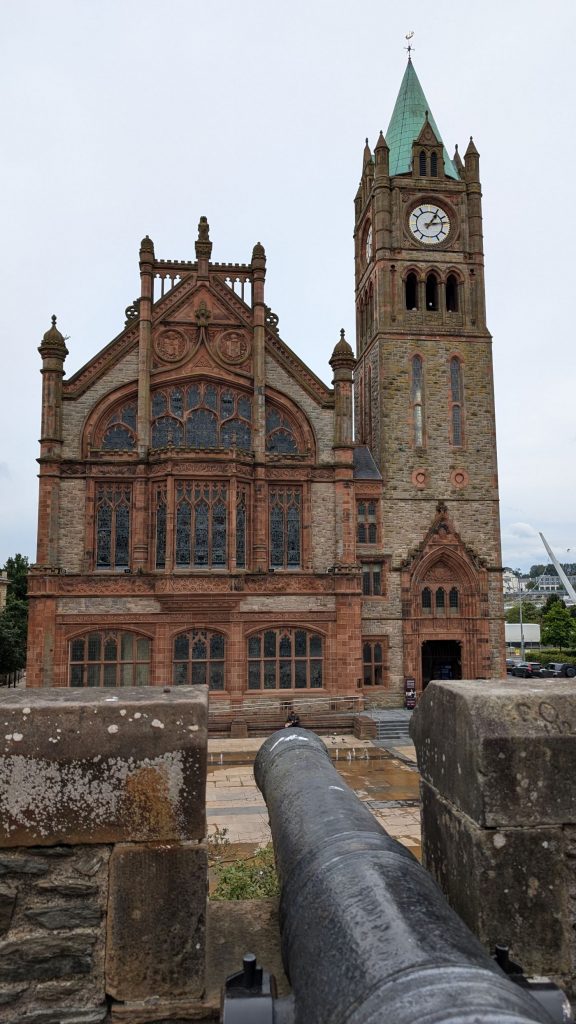
A Brief History of the Guildhall
The Guildhall is a Grade A listed building. It was erected in the 1880s in the neo-gothic style by The Honourable The Irish Society. The building was named to honor the historic link to the City of London and its guilds. It officially opened in 1890 and has been rebuilt and restored following a fire in 1908 and two bombings in 1972.
Clock Tower
The Guildhall Clock, modeled on London’s Big Ben, is a beacon across the city. It was designed for the bells to ring on the hour and to chime quarterly. The clock tower, which stands 144 feet tall, is one of the only parts of the original building that survived the 1908 fire.
Stained Glass Windows
Throughout the Guildhall there are an array of stunning stained glass windows, capturing some of the most important moments in the history of Derry – Londonderry, as well as iconic landmarks in the cityscape.
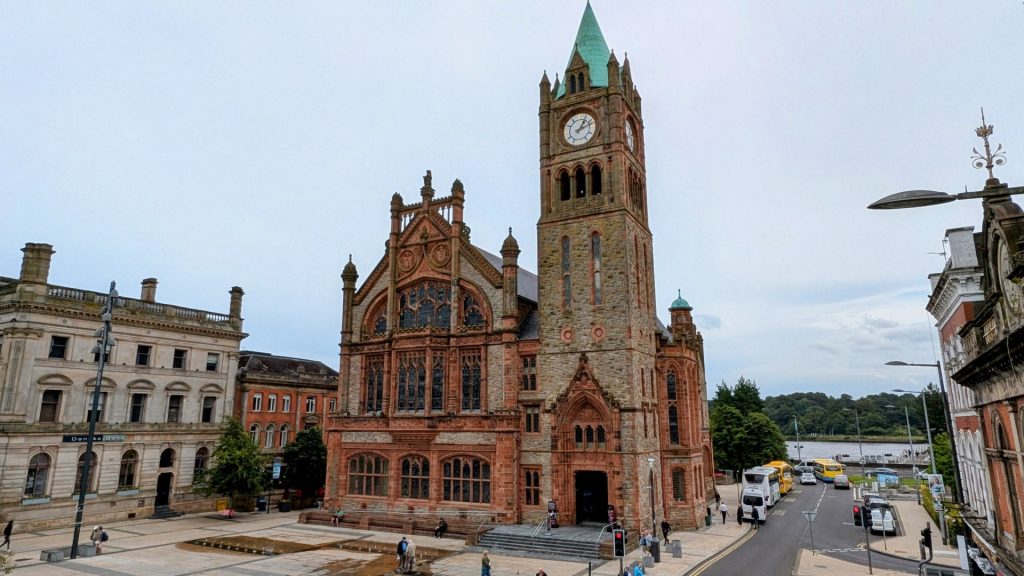
We didn’t go inside of the Tower Museum, but it has a very cool exterior.
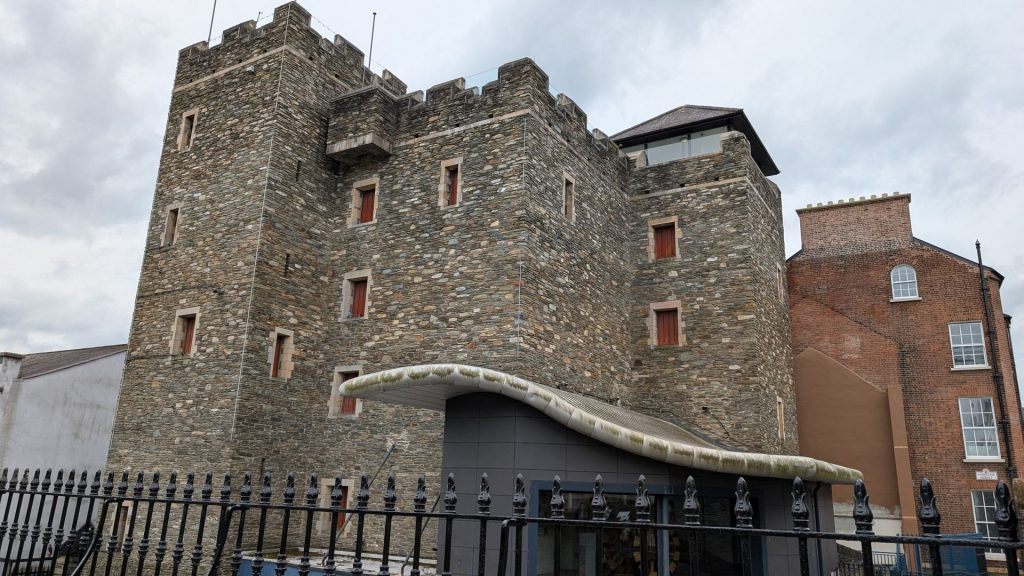
Another kind of cool thing we saw was this mural on the side of a building. They are Derry Girls. I hadn’t heard of them, but discovered that it was a teen sitcom set in Northern Ireland in the early 1990s (2018-2022).
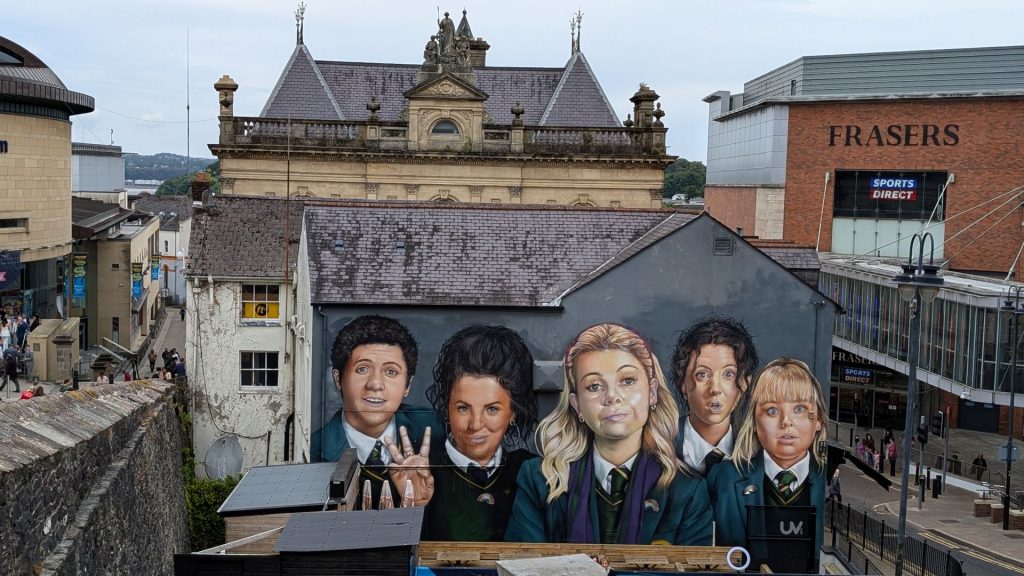
The statue pictured below is called, “Looking In, Looking Out.” In 1987 artist Antony Gormley installed three doubled cast iron bodycases, Sculpture for Derry Walls, on the Walls as part of a temporary exhibition. The work re-interprets the central icon of Christianity but crucifies one body against the other. The aspiration was that by re-presenting Derry’s two religious communities and embodying their common redemptive belief, the work would act as a poultice and draw thoughts and feelings that otherwise might be expressed in more violent ways. The open eye holes allow the viewer to reconcile opposing views from within and without the city walls, each side of the work either looking into the Walled City or out towards the Fountain, Bogside or, in this site, the British Army’s Ebrington Barracks. The artist gifted this work to the city, when the other sculptures were acquired abroad.
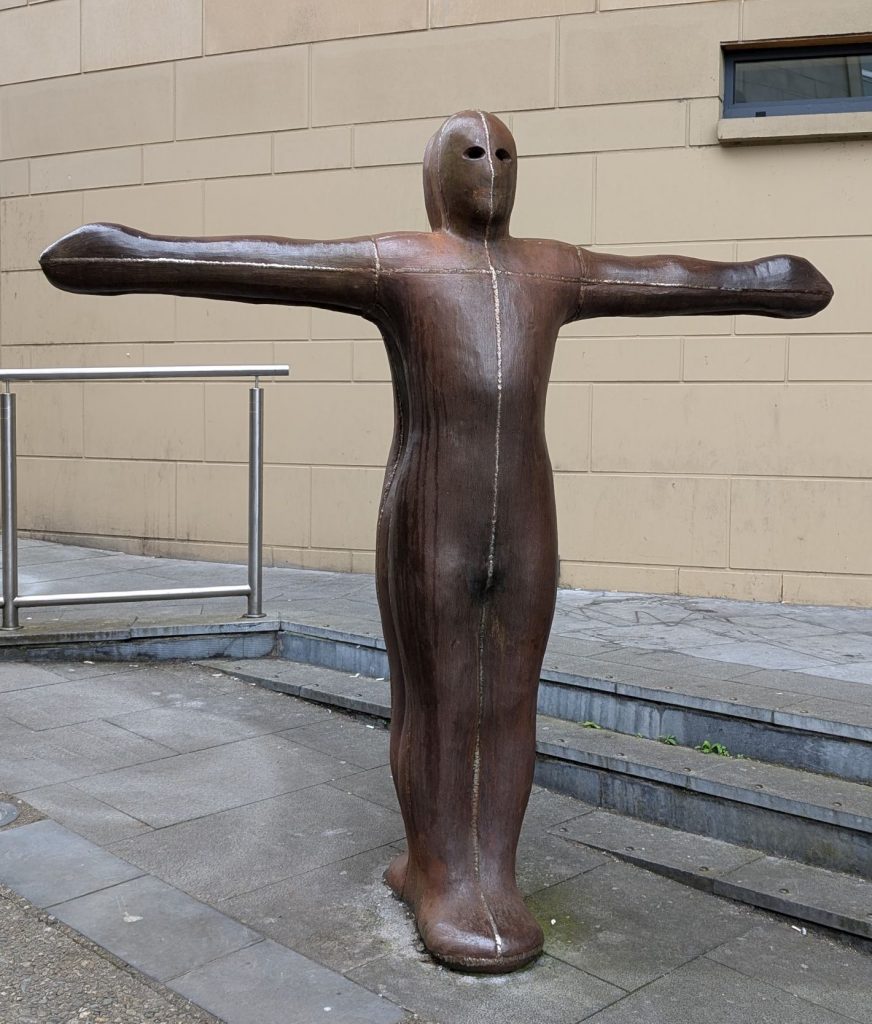
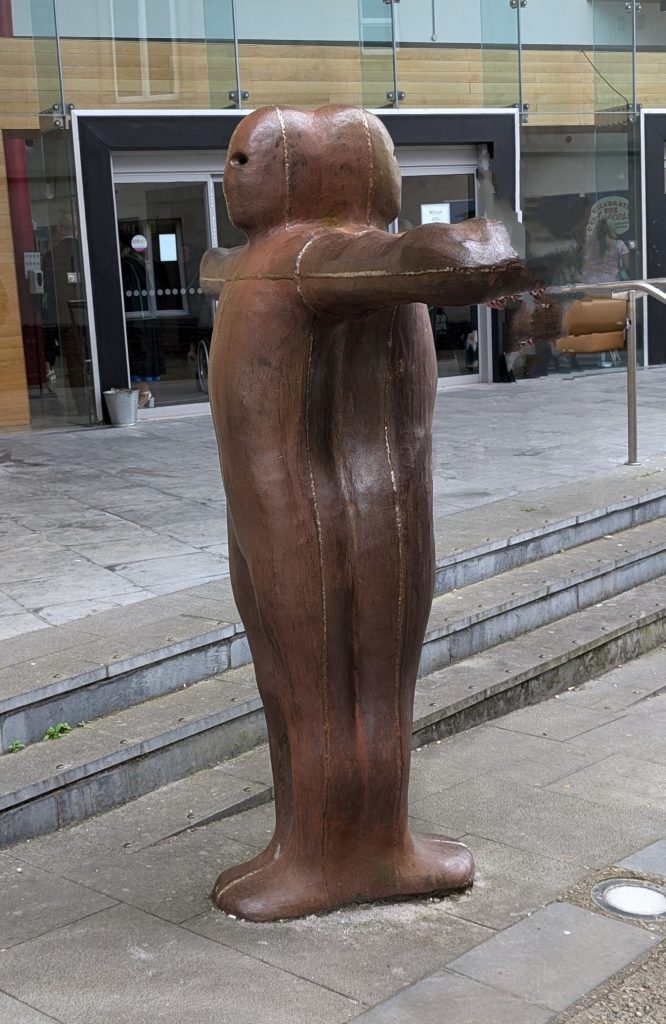
I have just one more monument to share, then it will be time for ice cream.
This is the Diamond War Memorial. Erected in 1927, the Diamond War Memorial is located on The Diamond in the center of Derry, County Londonderry, Northern Ireland. It is dedicated to the citizens of the city who lost their lives while in military service during World War I.
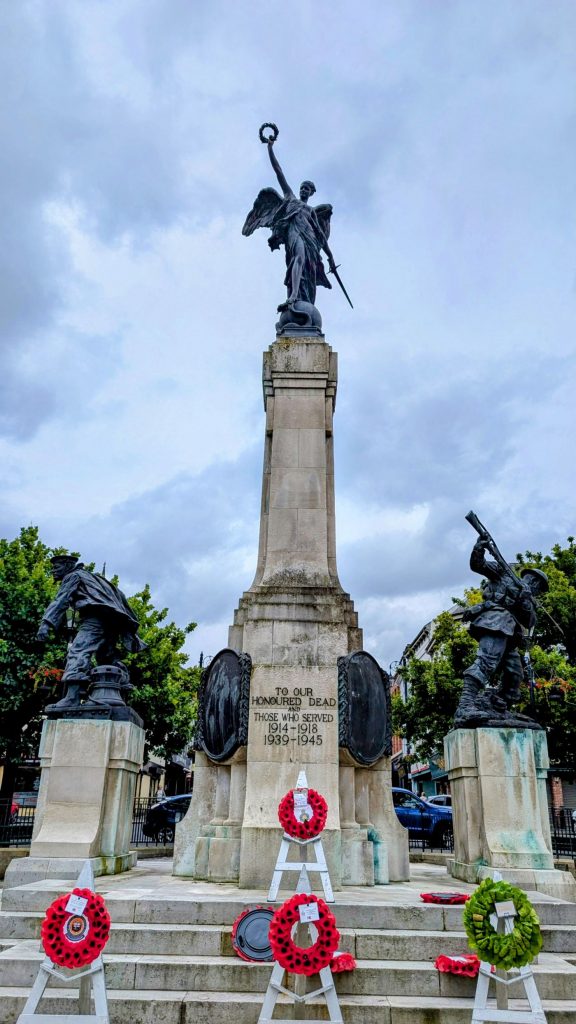
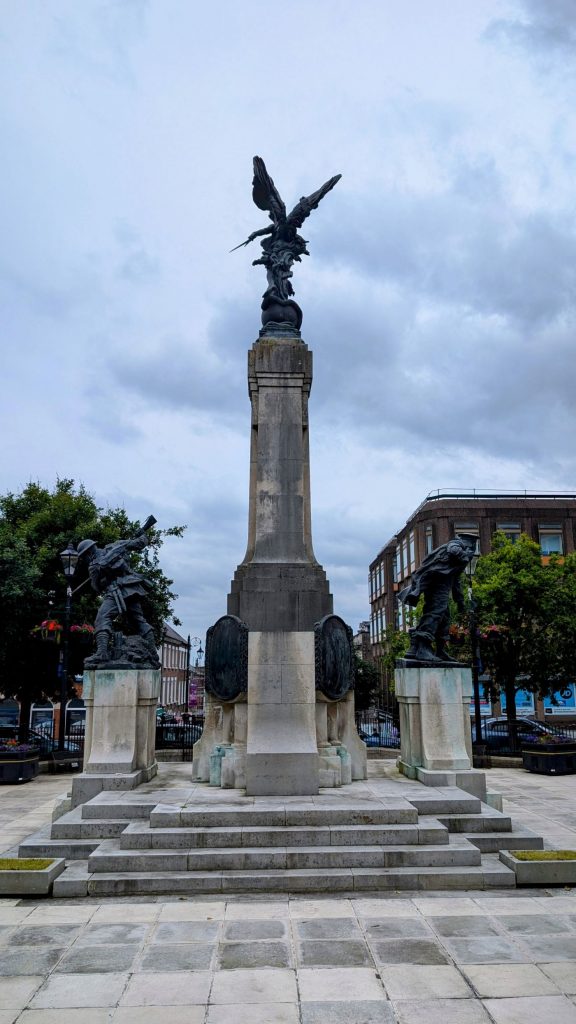
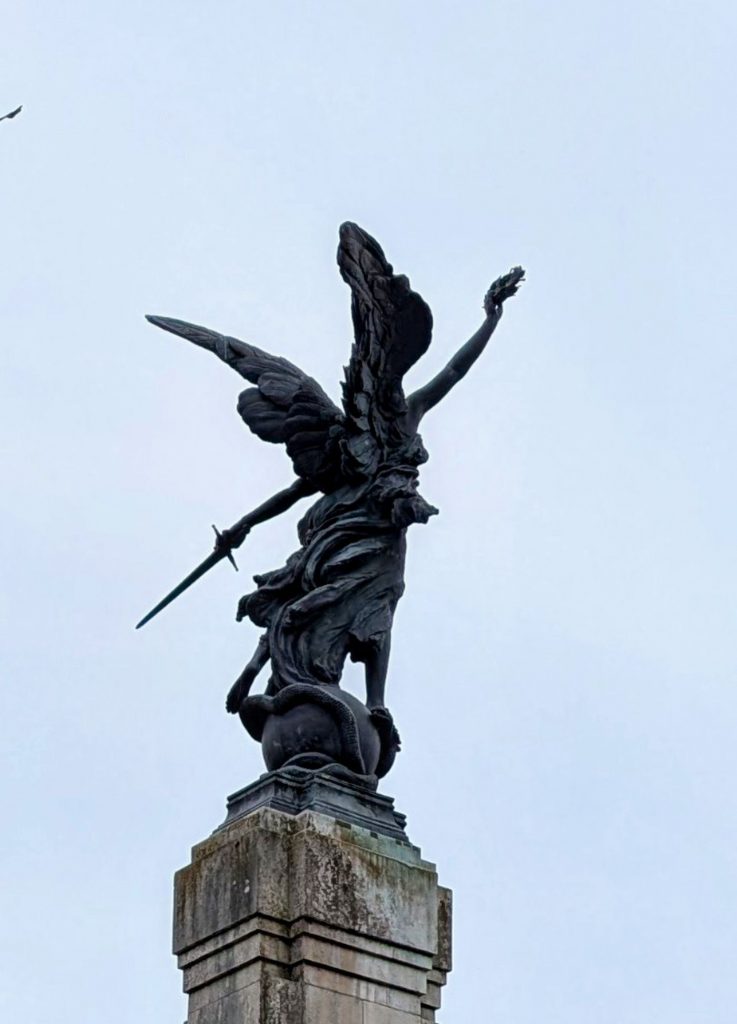
Ice cream time!

Gosh that looks good! It was.
We flew home to Seahike, who was waiting for us in Gibraltar (or, rather Spain, but near the Rock).

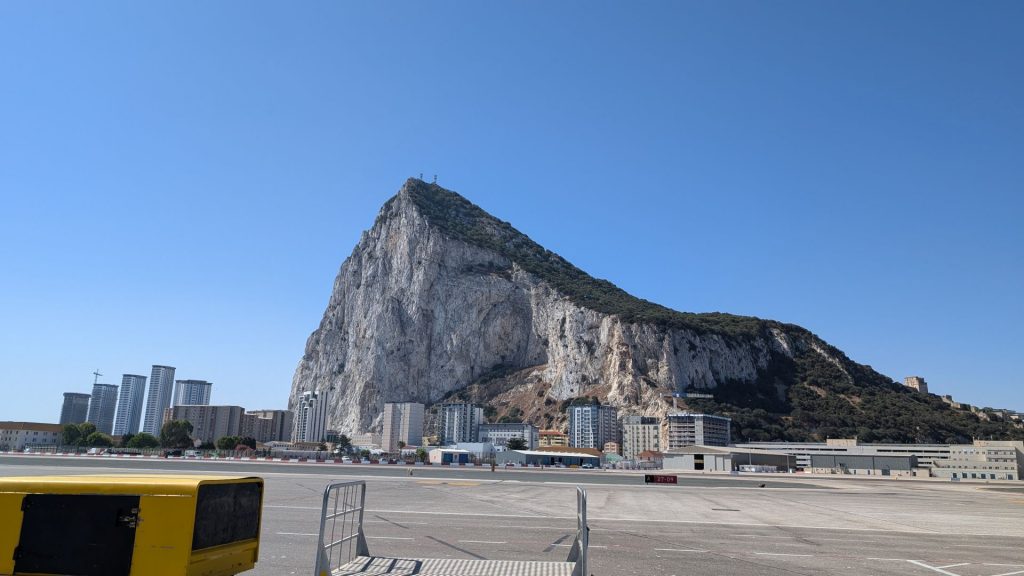
Thus ended our fantastic trip to the UK and Ireland. A trip we will forever remember with fond memories and lots of green images!!
